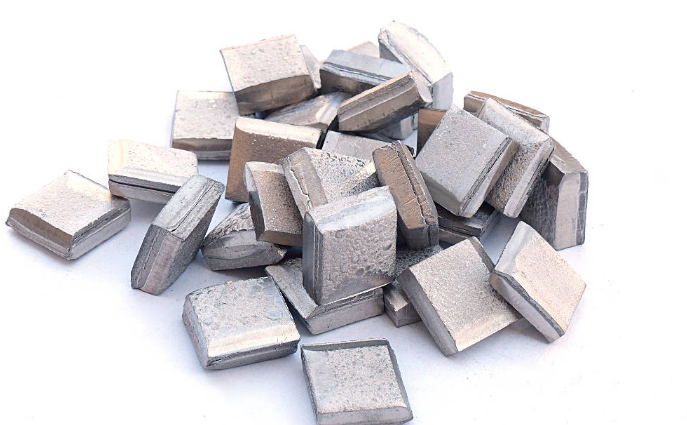A composite material is any material that is made from combining two or more individual ones. When combined, the composite is stronger than each of the individual materials, and/or has other ‘enhanced’ properties. The component materials in a composite do not completely blend with each other or lose their key individual identities, meaning that their most useful properties are maintained and featured within the composite.

The majority of composites have two components: the reinforcement and the matrix. It is usually possible to separate the two components by physical processes if required e.g. concrete is able to be broken up using machinery as part of the recycling process. Composites can be natural or man-made (synthetic).
Some examples of composites and how they are made-up are outlined below.
Fibreglass
Fibreglass is widely regarded as the first modern composite. The reinforcement element is the glass (woven into fibres) and the matrix element is the polymer resin that binds these fibres together. Fibreglass is hardwearing, rigid, and low density and is used to make objects including car bodies/frames and boats.
Nickel composites
There are a number of nickel composites available including graphene-nickel, alumina-nickel, and more. Nickel composites are a popular choice for coating a wide range of objects.

If you feel that nickel composite coatings could provide the solution you require, there are a number of specialists that offer nickel composite treatments. Many of these have extensive online resources for you to peruse, such as the examples seen at poeton.co.uk/advanced-treatments/apticote-460-nickel-composites.
Reinforced concrete
The existing properties of the concrete are improved by reinforcing it using mesh or steel rods. Reinforced concrete is stronger in both tension and compression and is also slightly flexible which helps make it more useful in the construction of large structures/buildings.
Chipboard
Wood is actually a natural composite. Its reinforcement is cellulose fibres whilst its matrix is lignin. Because the fibres are aligned next to each other, wood tends to be stronger in one direction than the other. Chipboard on the other hand contains randomly distributed wood chips stuck together with glue which makes it strong in all directions.
